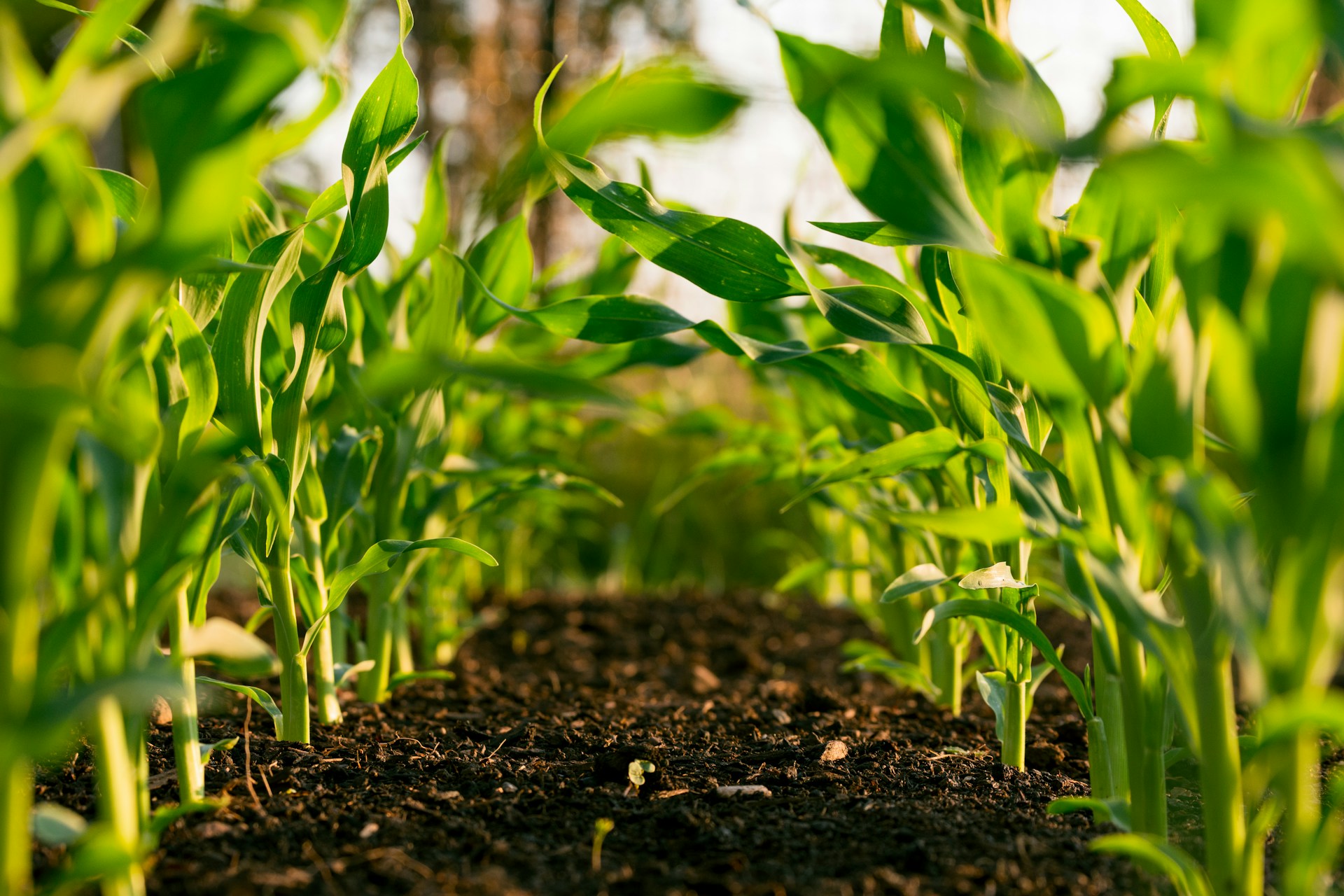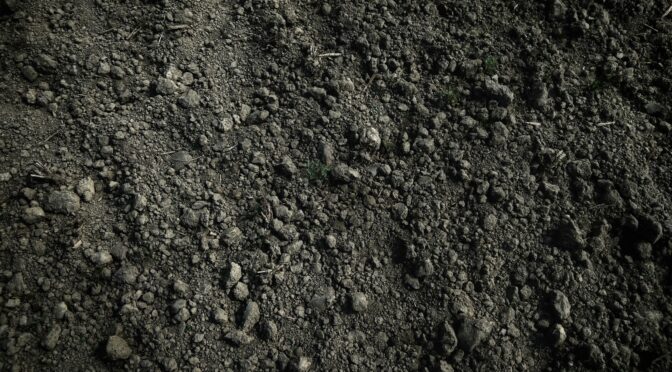“In the spring, at the end of the day, you should smell like dirt.”
― Margaret Atwood, Bluebeard’s Egg
After months of waiting, we’re finally back in the garden! At this point you’ve already done most of the prep work, selecting the perfect tomatoes for your garden, learning about your hardiness zone, and starting seeds indoors. Now, the fun and the hard work, really begins. There are many ways to improve garden soil, but these steps are the ones we consider to be basic essentials to prepare your garden for spring planting.
Step One: Spring Cleaning
The first step is to clean up your bed. Remove any old plant material, weeds and rocks. Mow or till under cover crops. Rake back mulch away from your planting area.
Note, if you’re starting a garden completely from scratch, you may need to remove the sod, till, or use a method like building raised beds or lasanga gardening.
Step Two: Loosen the Soil
Plants generally do better when they can easily send roots into soft soil. This is especially important for root vegetables like carrots. Many people choose to till each spring to loosen the soil, but a no-till approach can help encourage beneficial insects and microbes in the soil.
To loosen your soil without tilling, use a garden fork or broad fork to lift and pry up the soil but don’t turn it over. This loosens and creates better drainage without disturbing the soil layers. A basic spade can also work in a pinch if a fork isn’t available to you.
Again, if you’re working with a brand new bed, you may want to take a different approach by using a tiller or more thoroughly loosening the soil with a spade or fork.
After loosening the soil, rake out the surface to break up and clumps and create a smooth surface.
 Step Three: Amend Your Soil
Step Three: Amend Your Soil
We always reccomend adding 2 to 3 inches of finished compost to your beds. Compost improves soil structure and fertility. All you need to do is spread it on the surface of the bed, mother nature will do the rest.
While many gardeners get by without one, in a perfect world you would also have some soil test results. If you have had a soil test, you can also amend your soil based on its pH and nutrient levels with amendments like lime, seaweed, wood ash, sulfur, and other commercial or DIY options, depending on your needs.
In brand new beds, you may want to stir the compost and other amendments in to get things going.
Step Four: Moisten the Soil
Moisture is critical in the first phase of your crops life whether you’re transplanting seedlings or direct sowing. If your soil is dry, it’s best to moisten it a bit before planting. Then you can still water in your plants and seeds as needed.
Optional Steps
- Get a Soil Test
- Learn About Your Soil Texture
- Start Making Your Own Compost
- Sow Spring Cover Crops in Beds You Won’t Use Immediately
Planting is one of the best parts of gardening. So much hope goes into each bed! Follow these steps before your spring planting to ensure your plants get off to a good start.

